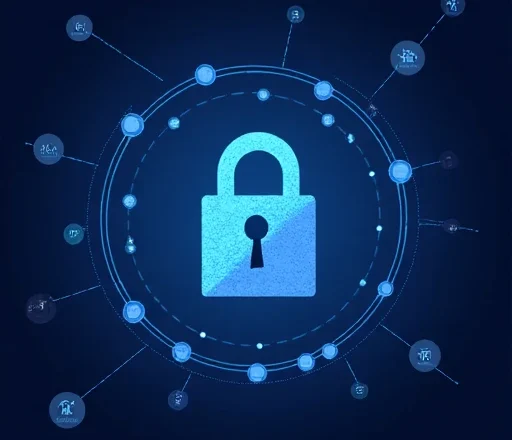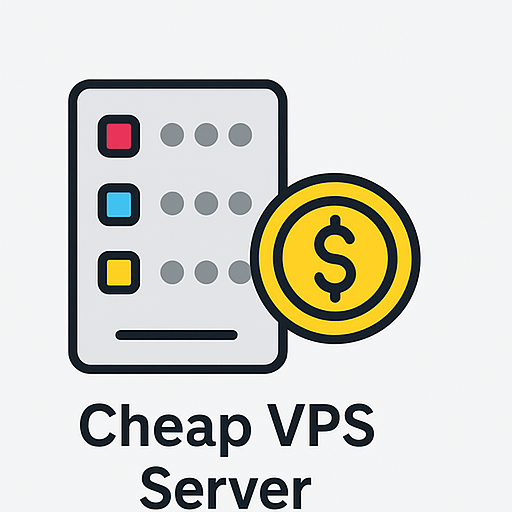
Understanding the Zero Trust Security Framework
The Zero Trust security model is an advanced framework designed to address the ever-evolving threat landscape faced by modern organizations. Traditional perimeter-based defenses such as firewalls are no longer sufficient in a world dominated by cloud computing, hybrid infrastructures, and remote workforces.
Zero Trust operates on the principle of “never trust, always verify.” It assumes that every connection, device, and user—inside or outside the network—is a potential threat. Every interaction must be authenticated, authorized, and continuously validated against security policies.

Servidor VPS de Debian
Seguro, Stable & Affordable
A Brief History of Zero Trust
The Zero Trust model was introduced by John Kindervag in 2010. The core idea is that nothing inside or outside an organization’s network can be inherently trusted. This requires:
- Deep traffic inspection and monitoring
- Granular access controls
- Strong authentication mechanisms
- Integration across all domains including user access, data protection, and network segmentation
Key Components of Zero Trust Architecture
🔐 Micro-Segmentation
Dividing a network into smaller, controlled segments to minimize the impact of potential breaches and unauthorized lateral movement.
👤 Identity and Access Management (IAM)
Involves robust authentication protocols like Multi-Factor Authentication (MFA) and Single Sign-On (SSO) to ensure only authorized users and devices gain access.
🌐 Network Security Controls
Includes deploying firewalls, Intrusion Detection/Prevention Systems (IDS/IPS), and encryption tools to monitor and protect traffic within and outside the network.
🧱 Zero Trust Network Access (ZTNA)
Also known as a Software-Defined Perimeter (SDP), ZTNA enforces strict access policies that grant users access only to the resources they need, minimizing exposure to threats.
🔍 Continuous Monitoring and Analytics
Real-time visibility and behavior analysis tools help detect anomalies and respond quickly to potential threats.

Need Affordable VPS Hosting
A partir de $ 3.99/mensual
⚡ Fast Delivery | 🏅 25+ Data Centers
For organizations looking to implement Zero Trust with scalable infrastructure, AI Server y Unmetered VPS Server options from ColonelServer can support secure, high-performance environments.
Benefits of Zero Trust
- Enhanced Data Security: Ensures strict authentication and access control regardless of user location.
- Improved Visibility: Provides granular control and monitoring of user activity.
- Reduced Attack Surface: Limits access and minimizes potential breach points.
Challenges and Limitations of Zero Trust
Despite its advantages, Zero Trust implementation poses several obstacles:
🏗️ Integration with Legacy Systems
Older infrastructure may not support Zero Trust principles out-of-the-box. These systems may:
- Be difficult to upgrade
- Lack support for modern authentication
- Require substantial investment to replace or secure
⚙️ Implementation Complexity
Launching a Zero Trust environment demands:
Hosting web de WordPress
A partir de $ 3.99/mensual
- A thorough understanding of data flows
- Cross-department collaboration
- Skilled cybersecurity professionals
Organizations using Servidor VPS barato or transitioning from Alojamiento Linux compartido can gradually adopt Zero Trust by segmenting critical systems first.
🚦 Application Performance
Zero Trust introduces latency due to frequent authentication and routing through secure gateways. Optimizing:
- Network peering
- Route selection
- Server responsiveness
…is essential for preserving performance.
💰 Cost of Implementation
Deploying Zero Trust can be expensive, especially for small or resource-limited organizations. It requires investment in:
- IAM platforms
- MFA tools
- Encryption systems
- Skilled personnel and training
🌍 Public APIs and Third-Party Access
APIs present risks as external entities often access them. Zero Trust requires:
- Full inventory and risk assessments
- Ongoing monitoring
- Preventative access controls
Consider VPS criptográfico o Bitcoin VPS for added security and privacy in external integrations.
🔁 Ongoing Maintenance
Maintaining a Zero Trust environment includes:
- Regular updates to access policies
- Monitoring user and device health
- Managing access during onboarding/offboarding cycles
🔒 Insider Threats
Even with Zero Trust, users with valid credentials can act maliciously. MFA and strict behavioral monitoring help but do not eliminate this risk.
🎭 Social Engineering & Credential Theft
Attackers may still:
- Trick users through phishing
- Steal credentials and impersonate users
Zero Trust limits movement and access post-compromise, but no solution is infallible.
Pensamientos finales: Zero Trust is Not a Magic Solution
Zero Trust is a powerful framework but not a cure-all. Many enterprises are still in the early stages of adoption. Gartner predicts that by 2026, only 10% of large enterprises will have a mature Zero Trust program, despite its critical importance.
Overcoming limitations requires a phased, strategic rollout and prioritization of sensitive assets. Organizations should:
- Perform regular penetration testing
- Train users on phishing and social engineering
- Use WordPress Cloud Hosting securely with role-based access
Zero Trust must be treated as an ongoing journey—not a one-time setup.

